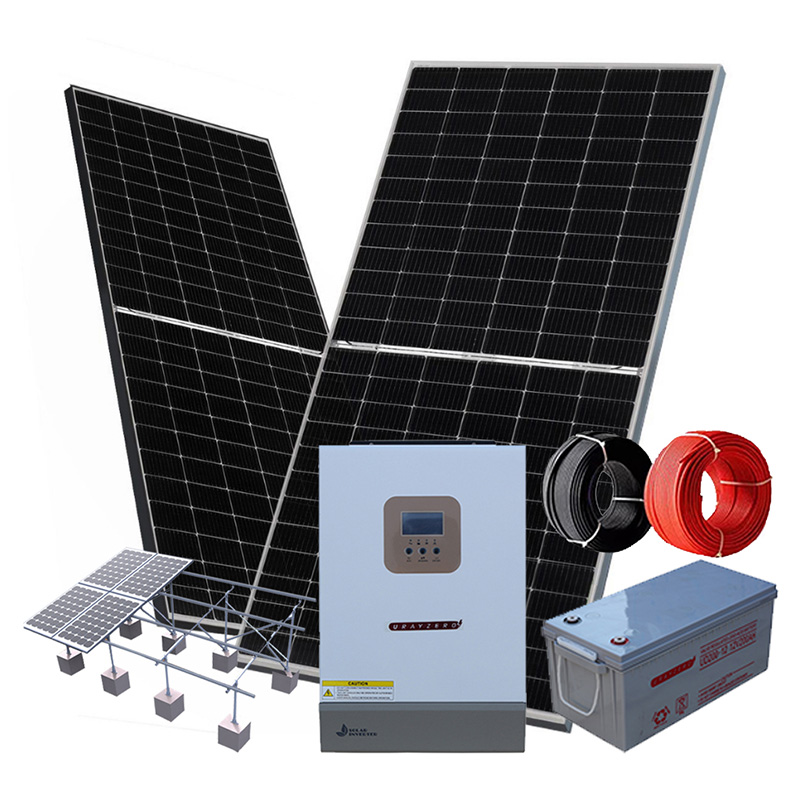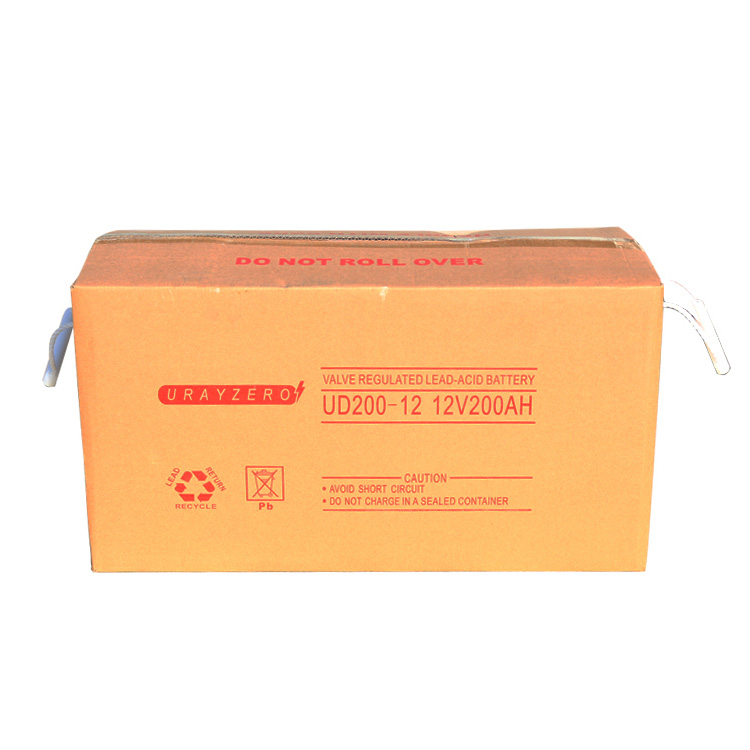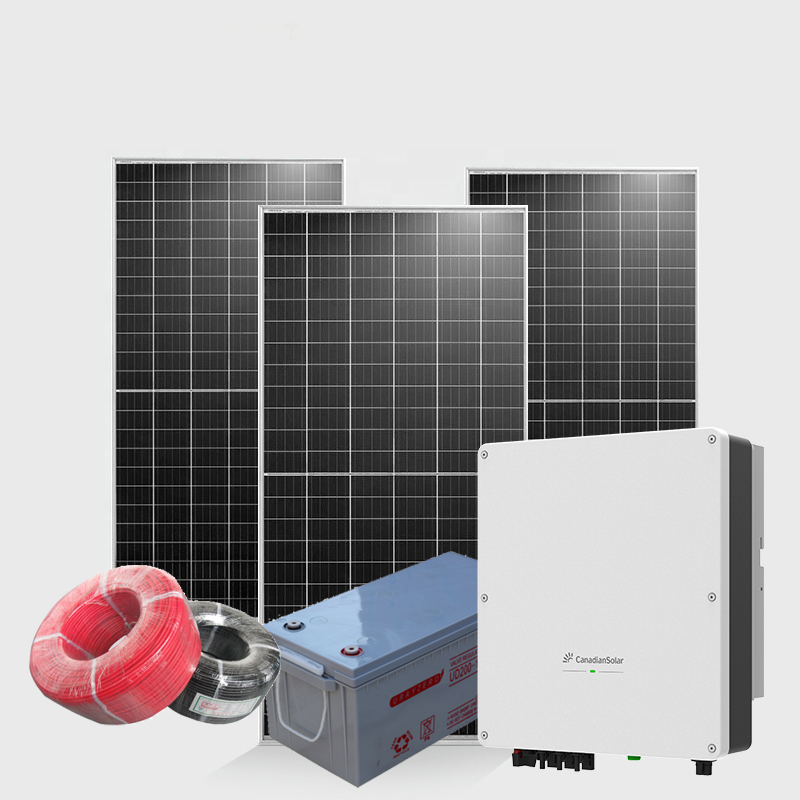
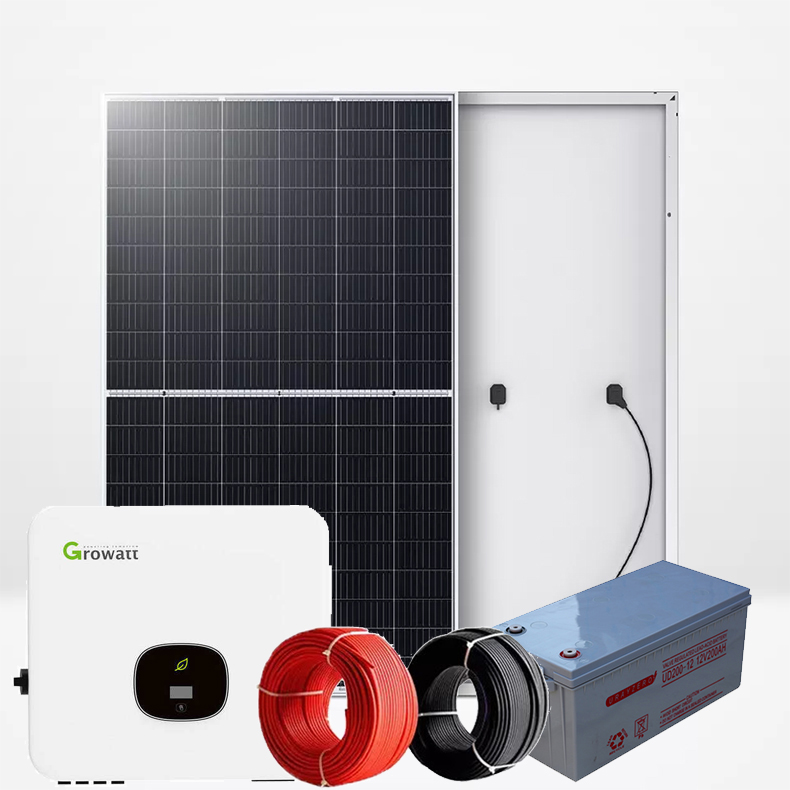
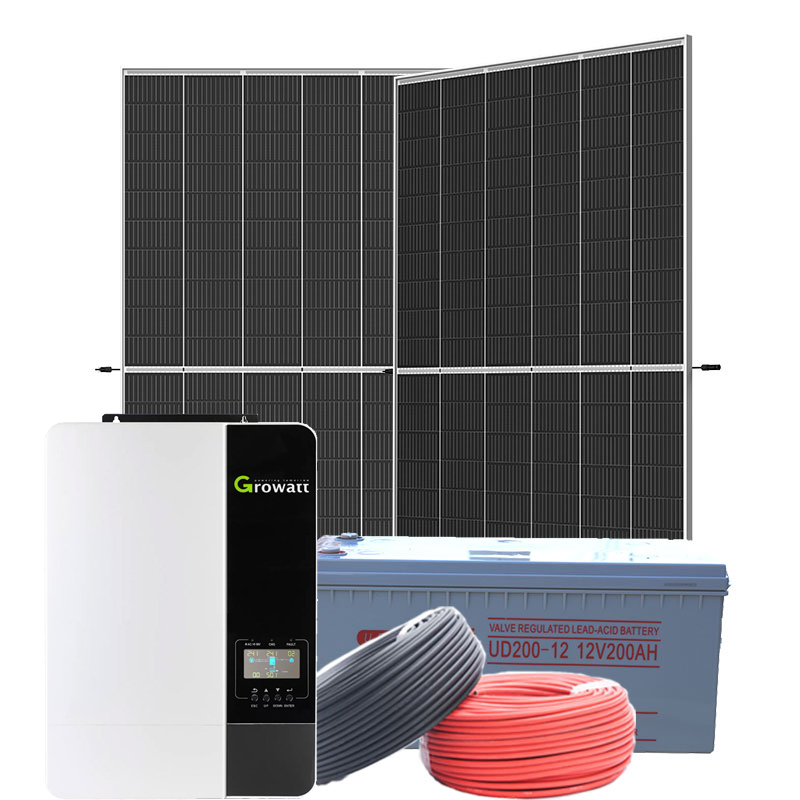
The solar power system
The solar power system consists of photovoltaic modules (including brackets), photovoltaic combiners, solar controllers, and batteries (including battery cabinets). If the load is AC equipment (220V or 110V), you need to configure the inverter. The functions of each part are as follows:
(1) Photovoltaic modules: Photovoltaic modules are an important part of solar power generation systems and a high value part of solar power generation systems. Its role is to convert the radiant energy of the sun into electrical energy, or send it to a battery for storage, or to drive the load.
(2) Photovoltaic combiner box: The photovoltaic combiner box is used to reduce the connection between the PV module and the inverter/controller and is convenient for maintenance. It has perfect functions such as anti-counter-attack, over-current protection and lightning protection to improve the product. Safety and reliability.
(3) Solar controller: The solar controller provides the functions of the photovoltaic module to charge and discharge the battery, such as overcharge, overdischarge protection, temperature compensation, etc. Other additional functions such as light control switches and time control switches should be optional for the controller.
(4) Inverter: The electricity generated by the PV module is DC, and it cannot supply power to the AC load. The inverter needs to convert DC power into AC power and provide it to the load.
(5) Battery: Generally, lead-acid batteries and colloidal batteries are used. In small and micro systems, nickel-hydrogen batteries, nickel-cadmium batteries or lithium batteries can also be used. Its function is to store the energy generated by the solar panel when there is light, and then release it when needed.
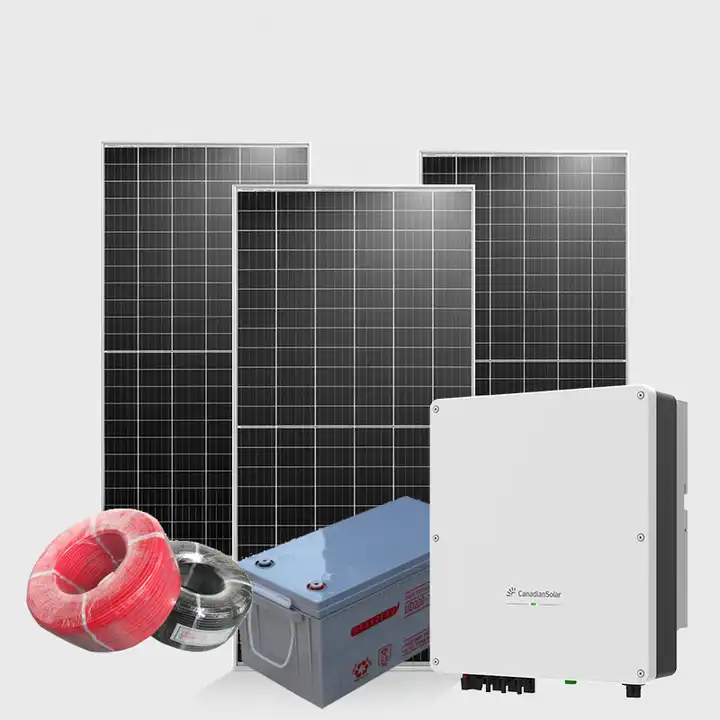
The solar power system consists of photovoltaic modules (including brackets), solar inverter, and batteries (including battery cabinets). If the load is AC equipment (220V or 110V), you need to configure the inverter. The functions of each part are as follows:
(1) Photovoltaic modules: Photovoltaic modules are an important part of solar power generation systems and a high value part of solar power generation systems. Its role is to convert the radiant energy of the sun into electrical energy, or send it to a battery for storage, or to drive the load.
(2) Photovoltaic combiner box: The photovoltaic combiner box is used to reduce the connection between the PV module and the inverter/controller and is convenient for maintenance. It has perfect functions such as anti-counter-attack, over-current protection and lightning protection to improve the product. Safety and reliability.
(3) Battery: Generally, lead-acid batteries and colloidal batteries are used. In small and micro systems, nickel-hydrogen batteries, nickel-cadmium batteries or lithium batteries can also be used. Its function is to store the energy generated by the solar panel when there is light, and then release it when needed.
